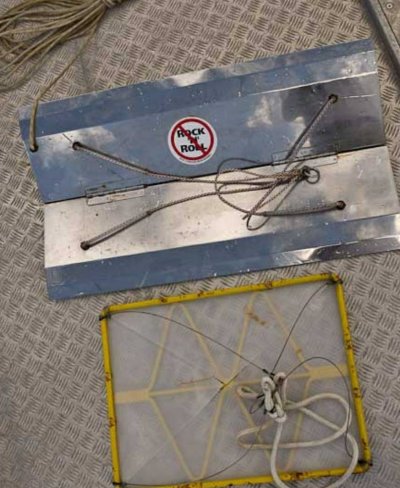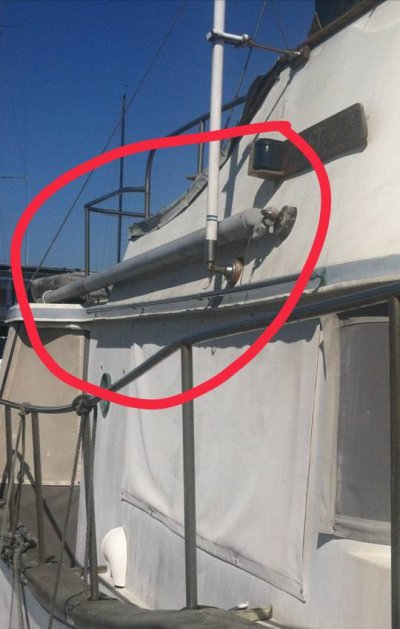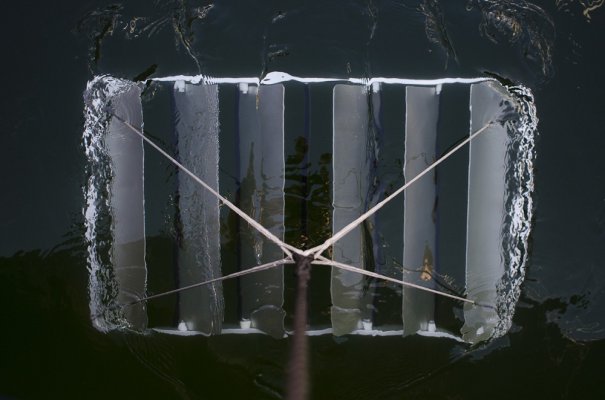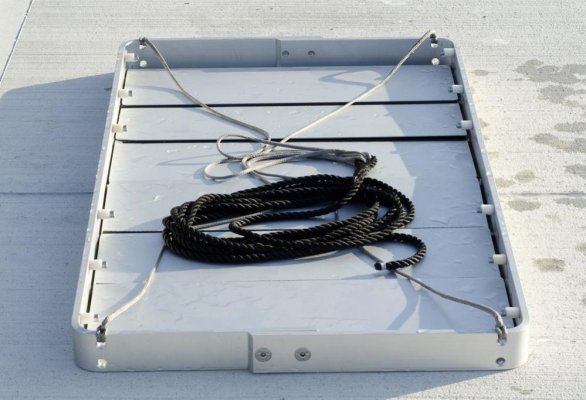Over a year ago, there was considerable discussion about using "rolling chocks," which are basically longitudinal "fins" on a hull. A good discussion here, esp. the link to an article:
https://www.trawlerforum.com/forums/s3/bilge-keels-43050.html
Despite the generally favorable comments regarding them, I'm at a loss why most later discussions about boat stabilization don't include them. It seems people prefer much more expensive and/or troublesome products to use. I've been reading a lot about power boating. Flopper-stoppers seem a big hassle to deploy and retrieve in some videos I've seen, that is if you're using them underway, and I don't understand using them solely at anchor.
Powered stabilizers and gyros are far too expensive and troublesome imo. Why not install or spec out rolling chocks for your boat, whether an addition or in a build? Seems to me the cheapest, best, and most effective way to stabilize your boat, either at anchor, or underway.




